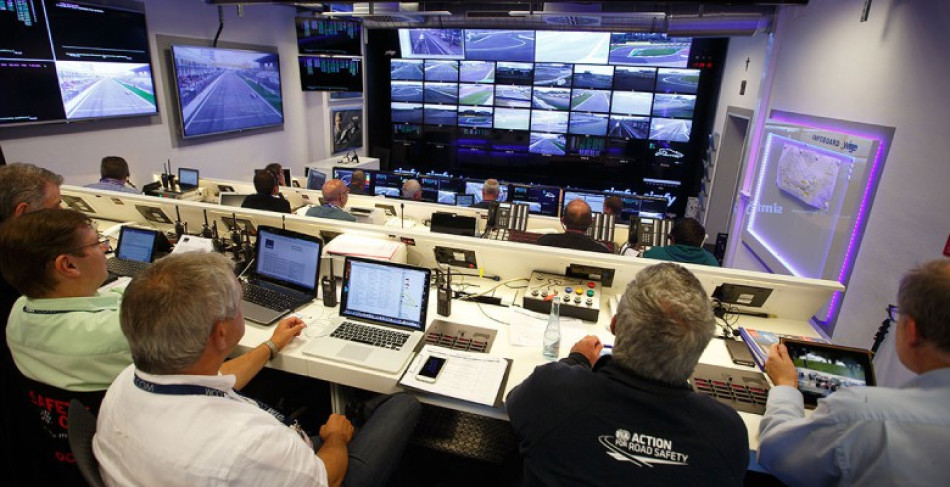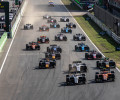F3 – Inside Race Control

Since the beginning of the 2016 season, the FIA Formula 3 European Championship has had a new Race Director: Tamas Zettner. Together with his deputy, Claus-Robert Ziegahn from Germany, the Hungarian has the strings firmly in his hand whenever the FIA F3 European Championship young guns are out on the track. But the task of the two is far more comprehensive.
Prior to a race weekend, they contact the respective clerk of the course who then represents Zettner’s and Ziegahn’s connection to the circuit operators. On Thursday morning they arrive at the race venue and begin to work right away. For instance, it has to be determined how the cars have to drive from the paddock into the pit lane or onto the track and how they get back to the paddock from parc fermé after the race. Another item on the agenda is the track inspection to be able to inform the competitors on possible changes in due time.
Afterwards, Zettner chairs the official drivers’ briefing which is mandatory for all drivers to attend. This takes place – depending on the race weekend’s timetable – on late Thursday afternoon or early Friday morning. “At first we discuss the previous race weekend. Not only to criticise drivers but also to complement others on particularly good performances. Furthermore, it is important for us that it’s a true meeting where drivers and team representatives may talk frankly to us,” underlines Ziegahn.
When everything has been prepared, the cars go out for the practice session. From this point on time, Zettner and Ziegahn coordinate the action in the practice and qualifying sessions as well as the races. They check if the cars go out in time, operate the starting lights, communicate – if necessary – with the team managers via radio or messages on a special display and follow the action on track. “We generally pay attention to the compliance with the regulations and mind the safety of all those involved,” Zettner summarises. “We receive most of our information from the TV live pictures, the 30 to 40 additional monitors that show virtually every section of the track and from the messages the marshals send to us in the case of a violation of a rule.”
Although all the violations end on the desk of the two Race Directors they aren’t the ones to hand out the penalties or fines. They forward the information to the stewards who are entitled to hand out penalties and fines and keep a close contact to them during the race. Race control decides if the safety car has to be sent out, if a race has to be red-flagged or how a car that had an accident has to be removed from the track – always in close cooperation with the marshals.
And even when the last car has crossed the finish line the work is not yet over. “Should the stewards have to discuss incidents after the end of a session or race we cut the appropriate video sequences, for them. And we write a report about every practice session, qualifying session and race. Only when I have cut and provided the videos of the third and last race and Tamas has completed his report of the respective race meeting the weekend comes to an end for us, too” reveals Claus-Robert Ziegahn.

 Facebook
Facebook Twitter
Twitter






